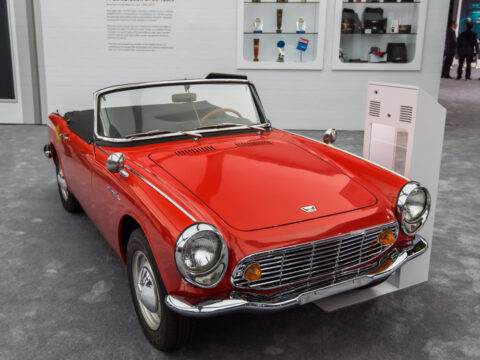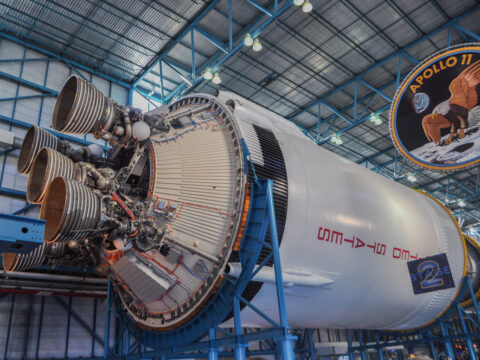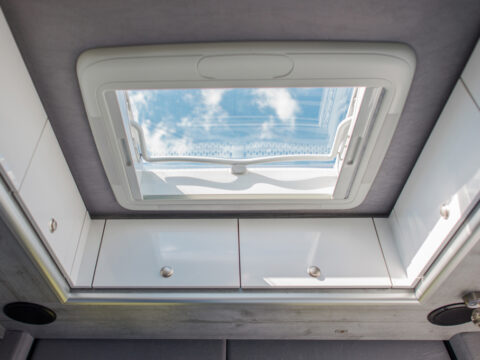Buying an off-lease vehicle can seem like a great deal, offering newer models at lower prices. However, there are several potential drawbacks to consider before making your purchase. From high mileage to limited warranty coverage, understanding these issues can help you make a more informed decision. Here are 13 problems you might encounter when buying an off-lease vehicle.
Contents
High Mileage
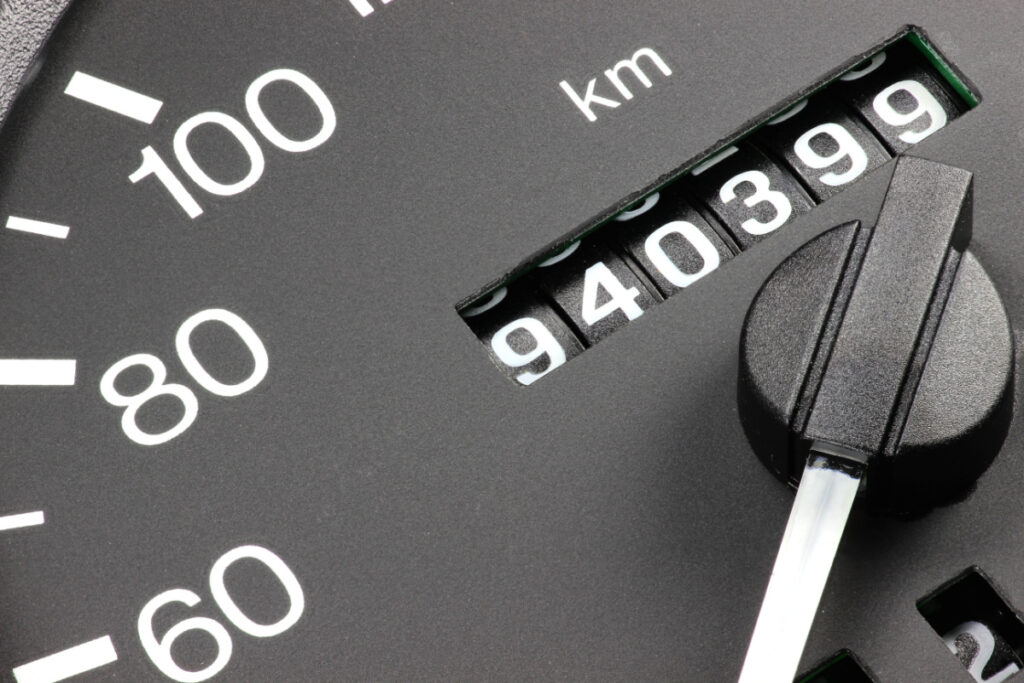
Off-lease vehicles often come with higher mileage, as lessees typically maximize their use within the lease term. This extensive usage can lead to accelerated wear and tear on the engine and other critical components, potentially resulting in more frequent maintenance and repair needs. Additionally, higher mileage can reduce the vehicle’s resale value. Considering potential future costs is essential when evaluating an off-lease vehicle.
Limited Maintenance History
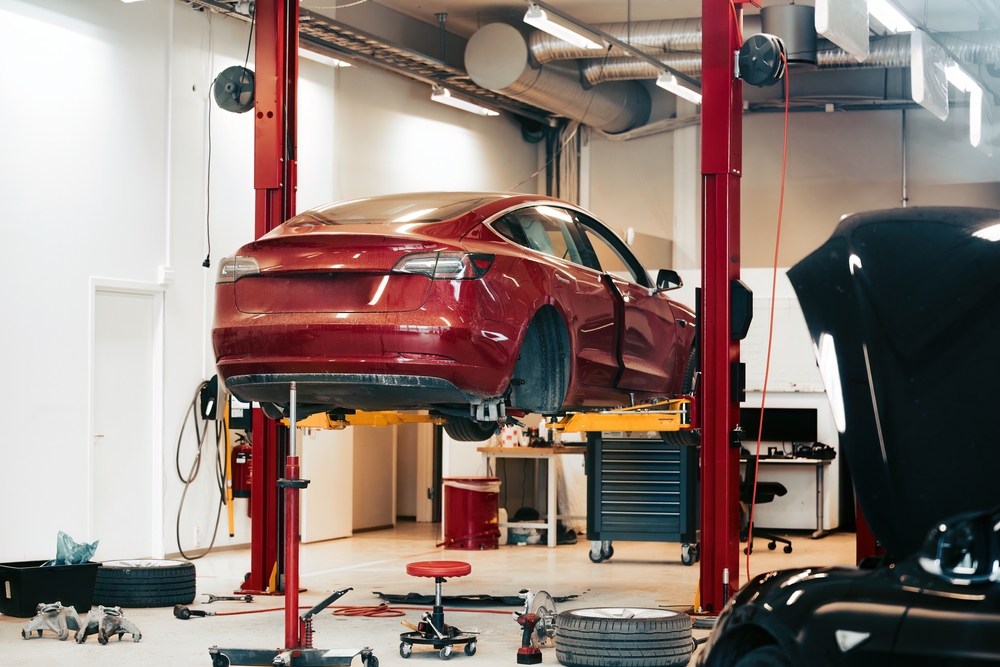
Many off-lease vehicles come with incomplete or poorly documented maintenance histories. Lessees might not adhere strictly to the manufacturer’s recommended service schedule, potentially neglecting essential maintenance tasks. Without a comprehensive maintenance record, assessing the vehicle’s overall condition can be challenging. This lack of information may lead to unexpected issues post-purchase.
Excessive Wear and Tear
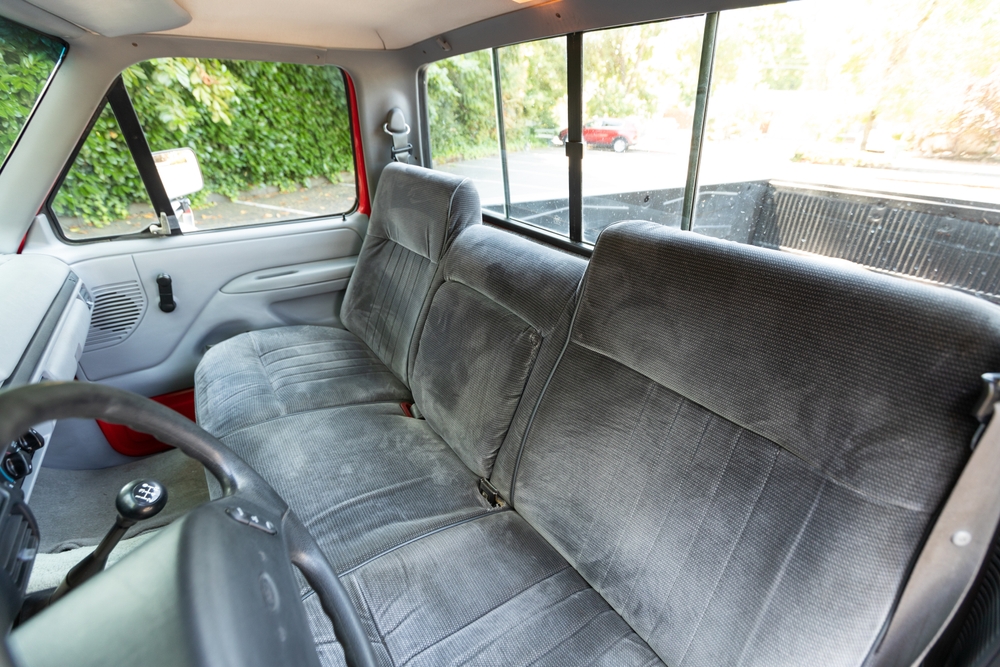
Lease agreements often include wear and tear allowances, but some lessees return vehicles with significant damage nonetheless. This can include scratches, dents, interior stains, or worn-out tires and brakes. Such wear and tear may necessitate costly repairs and replacements shortly after purchase. Additionally, excessive cosmetic damage can impact the vehicle’s aesthetic appeal and resale value.
Higher Insurance Costs
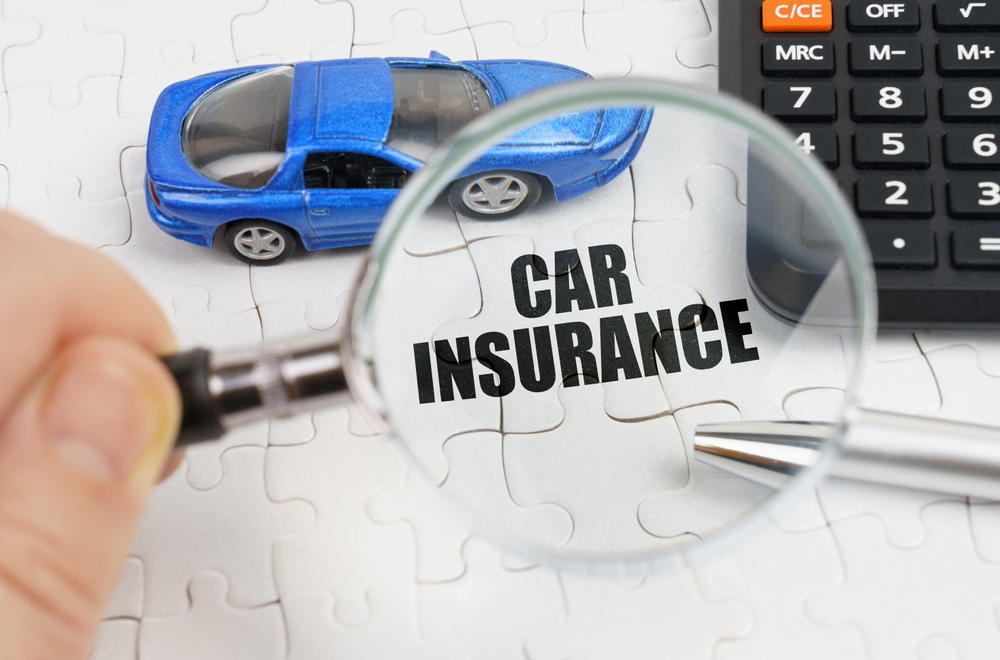
Insurance premiums for off-lease vehicles can be higher compared to new or privately owned used cars. Insurers may perceive off-lease vehicles as riskier due to potential undisclosed damage or higher mileage. Additionally, the car’s depreciation rate may influence insurance rates, as off-lease vehicles often lose value faster. Buyers should obtain insurance quotes before purchasing to understand the potential financial impact.
Depreciation

Off-lease vehicles have already experienced significant depreciation during the lease term. While this means they are often cheaper than new cars, their value continues to drop rapidly. Buyers might find that the vehicle’s resale value diminishes quickly, impacting long-term investment. Understanding the depreciation curve is crucial to making an informed purchase.
Outdated Technology
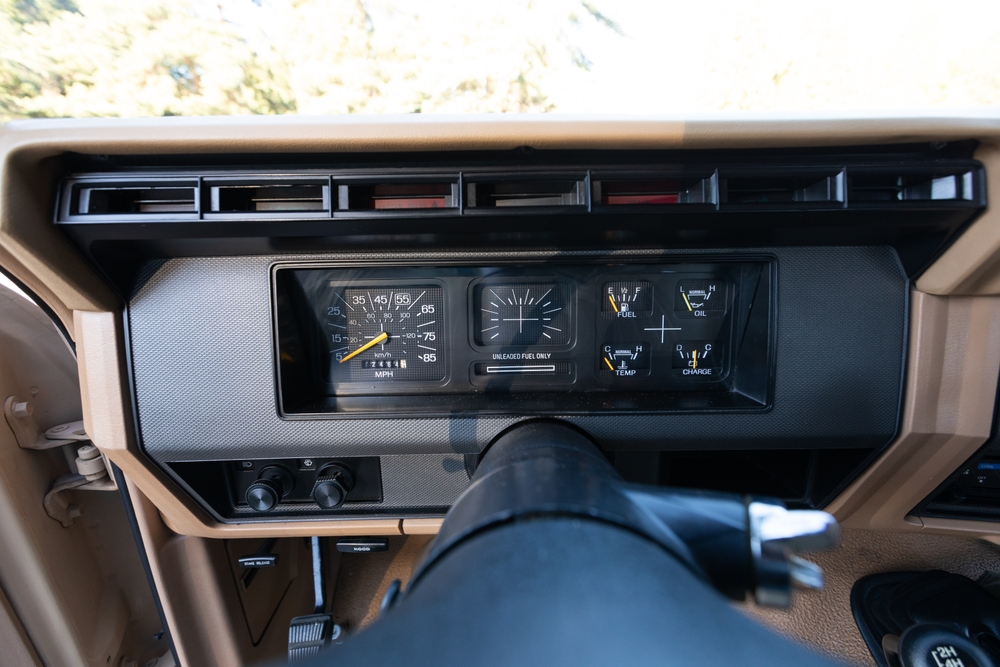
Vehicles coming off lease may lack the latest technology and safety features found in newer models. This can include advanced driver assistance systems, updated infotainment interfaces, and improved fuel efficiency technologies. Buyers seeking the most current innovations may find off-lease vehicles lacking in these areas. It’s essential to weigh the benefits of newer technology against the cost savings of an off-lease vehicle.
Limited Warranty Coverage

Many off-lease vehicles are no longer under the manufacturer’s original warranty, or the coverage may be nearing its end. This leaves buyers responsible for any repairs or maintenance costs that arise post-purchase. Extended warranties can provide some protection, but they come at an additional cost. It’s essential to consider the vehicle’s age and mileage when evaluating warranty options.
Expired Registration and Fees

When a vehicle comes off lease, it may require new registration and associated fees. These costs can add up, especially if the vehicle is from another state or jurisdiction. Buyers should be aware of the registration status and any pending fees before completing the purchase. Budgeting for these expenses ensures there are no surprises post-purchase.
Higher Interest Rates
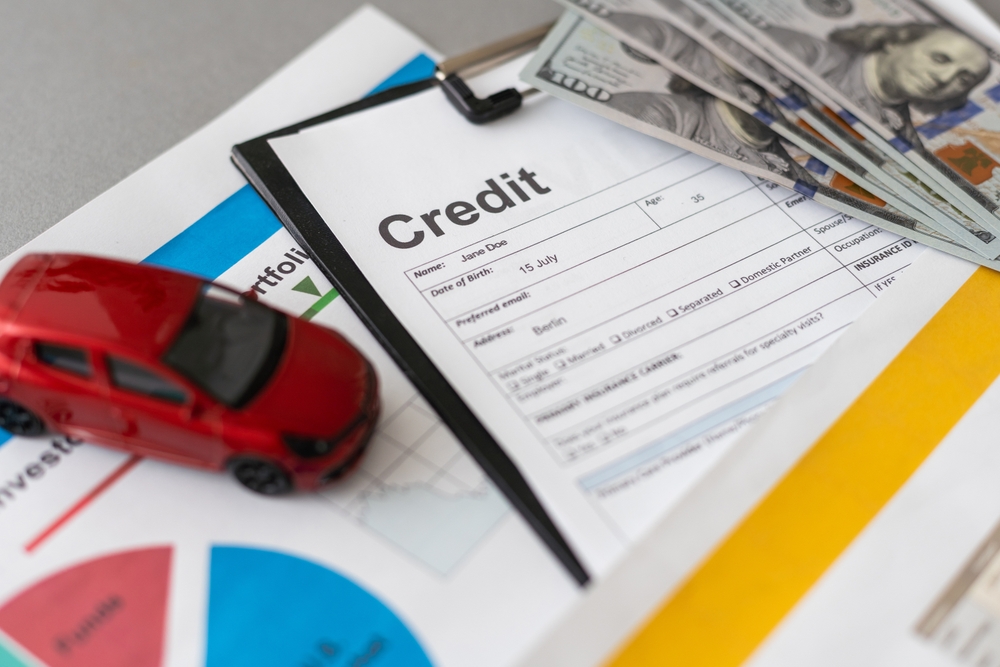
Financing an off-lease vehicle often comes with higher interest rates compared to new car loans. Lenders perceive used vehicles as higher risk due to potential unknown issues and lower collateral value. This can lead to increased overall borrowing costs for the buyer. Shopping around for the best financing rates is crucial to minimize interest expenses.
Previous Customizations
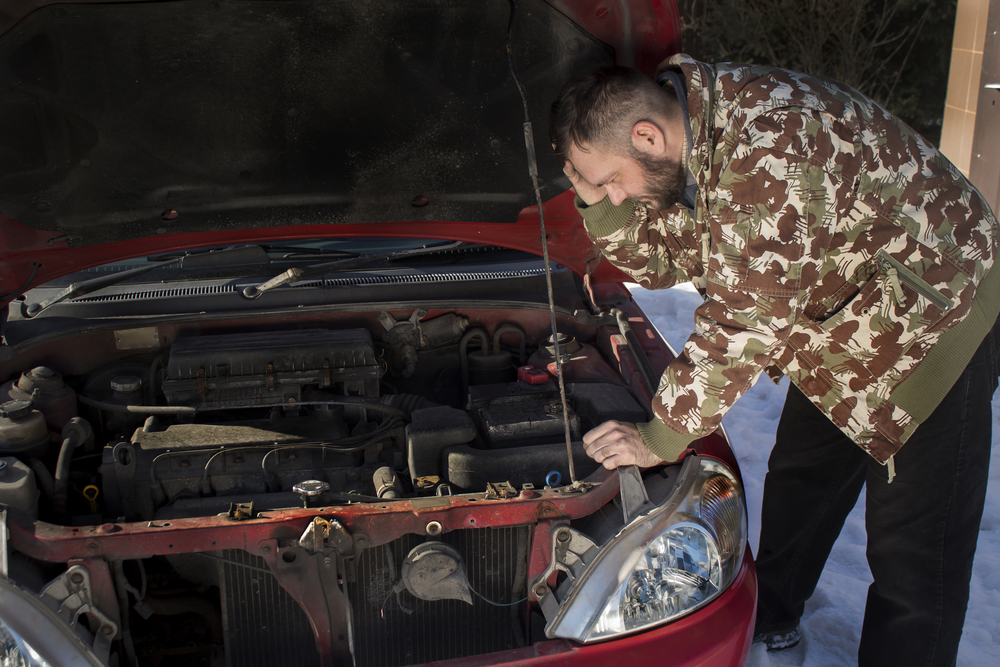
Off-lease vehicles may have undergone customizations by the previous lessee, such as aftermarket parts or modifications. While some customizations can enhance the vehicle, others might not meet the buyer’s preferences or standards. Additionally, certain modifications could void the manufacturer’s warranty or impact the vehicle’s performance. Buyers should inspect the vehicle for any customizations and assess their quality and compatibility.
Less Negotiation Leverage

Dealers may offer less negotiation flexibility on off-lease vehicles compared to new or privately owned used cars. These vehicles often have set prices based on their residual value and market demand. Buyers might find it challenging to negotiate significant discounts or incentives. It’s essential to research and compare prices from different dealerships to find the best deal.
Environmental Concerns
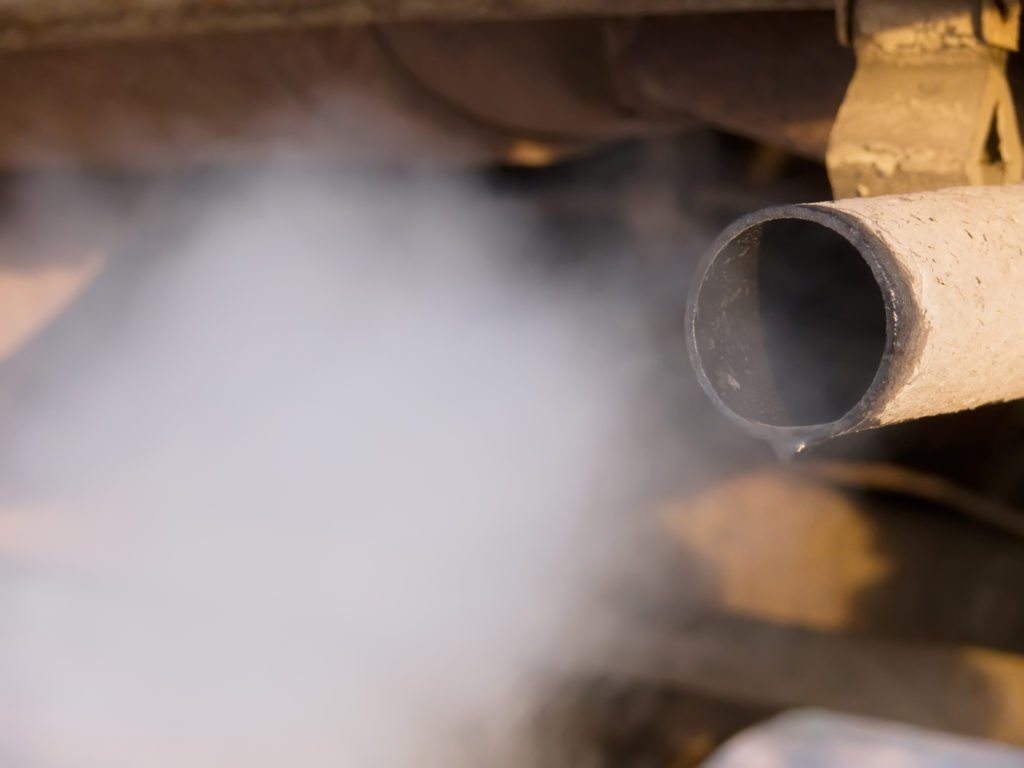
Off-lease vehicles may not meet the latest environmental standards or have the most efficient fuel consumption. Buyers seeking eco-friendly options might find these vehicles lacking in advanced green technologies. Assessing the vehicle’s emissions and fuel efficiency is crucial for environmentally-conscious buyers. Upgrading to more eco-friendly models or considering newer alternatives can address these concerns.
Limited Customization Options

Off-lease vehicles come as-is, with limited opportunities for customization compared to ordering a new vehicle. Buyers seeking specific features or configurations might find their options restricted. Considering the importance of customization in the purchase decision is crucial. If customization is a priority, exploring new or custom-order options may be more suitable.
This article originally appeared on MyCarMakesNoise.
More from MyCarMakesNoise
13 Least Reliable Cars on the Market

When it comes to choosing a vehicle, reliability is often at the top of the list for most buyers. A car that consistently performs well without frequent visits to the repair shop is what everyone hopes for. Read More.
15 Underrated Luxury Cars That Are Worth Every Penny

In the world of luxury vehicles, certain brands and models often steal the spotlight, leaving other equally impressive options in the shadows. However, for discerning buyers looking to invest in a luxury car that stands out from the crowd, many less-known models offer exceptional value. Read More.
12 Legendary Race Cars Still Competing

In the world of motorsport, certain race cars transcend their time, leaving an indelible mark on the track and in the hearts of racing enthusiasts. These legendary machines, known for their groundbreaking performance and engineering, have not only dominated in their prime but continue to compete, proving their enduring prowess. Read More.


